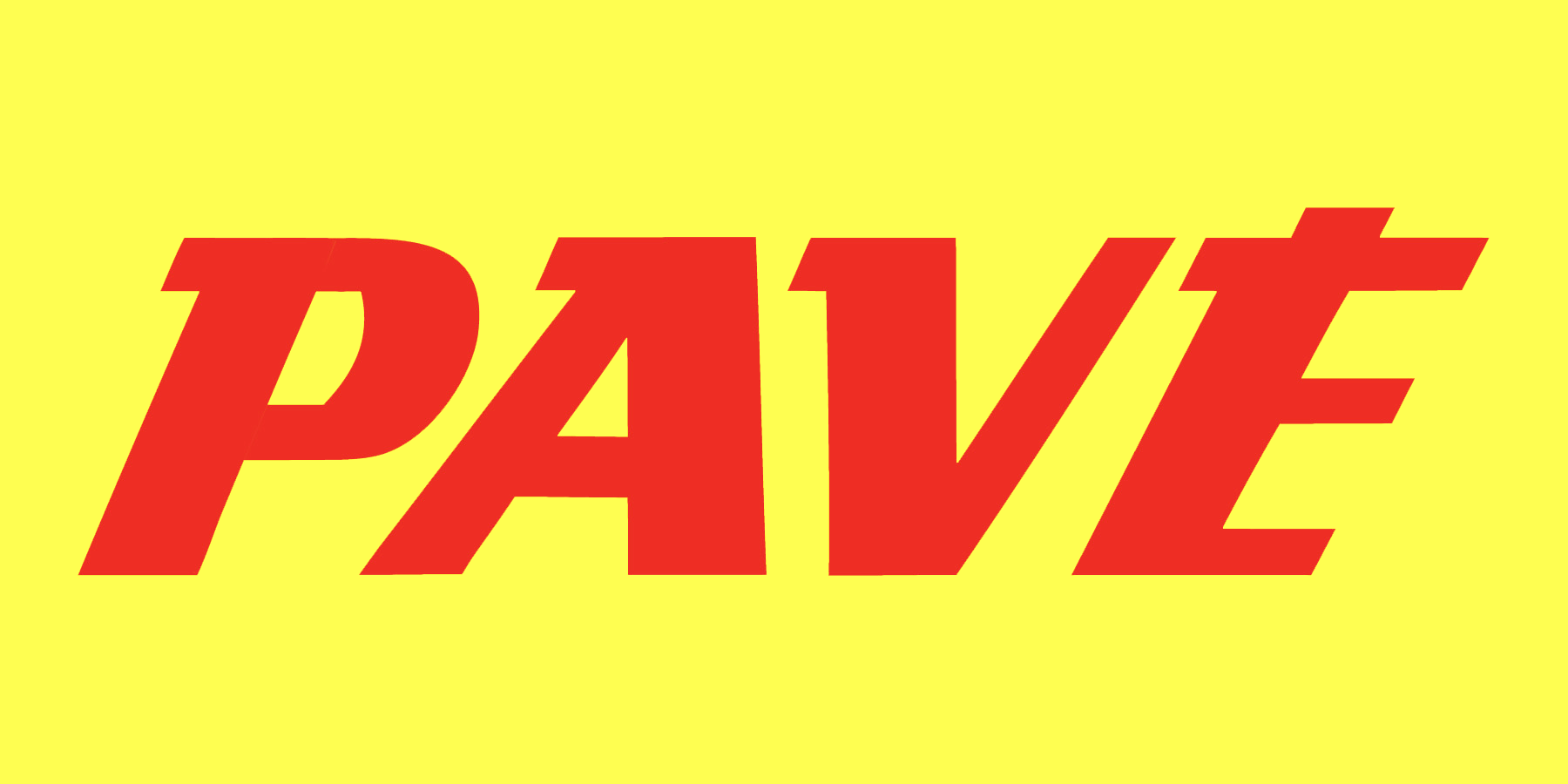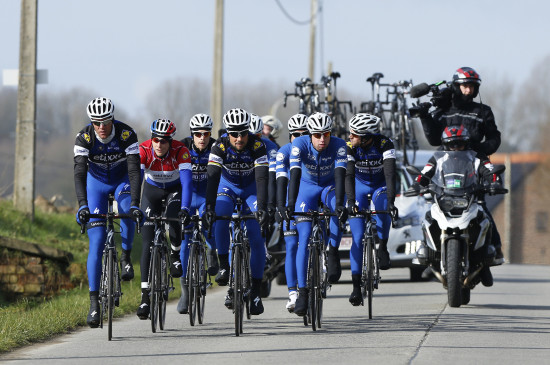It’s late February, which means I have Andy Williams’ “It’s the Most Wonderful Time of the Year†stuck in my head. Yes, dames and heren, it’s time for Het Volk the Omloop Het Nieuwsblad, the unofficially official start to the season and the first important one-day race on the calendar.
Starting and finishing Ghent, “the Omloop†covers 200 kilometers of some of Flanders’ finest bergs and cobblestones, thus making it a perfect testing, training, and/or proving ground for riders hoping to make an impact during the cobbled Monuments later in the spring. That said, while winning the Omloop often proves to be a good predictor of Classics success later in a rider’s career, it consistently fails to predict the winner of the cobbled Classics little more than a month later. In fact, no rider has won the Omloop and the Tour of Flanders in the same season, and only three riders have won the Omloop and then Paris-Roubaix: Eddy Merckx (1973), Franco Ballerini (1995) and Johan Museeuw (2000). No wonder former winners Sep Vanmarcke and Ian Stannard have chosen to skip this year’s Omloop to save themselves for the Monuments.
But despite the absence of the two-time defending champion (Stannard), the 2012 victor (Vanmarcke), and arguably the greatest Classics rider of his generation (Fabian Cancellara), there are still plenty of riders starting Saturday’s Omloop to write home about. Here’s a look:
Greg Van Avermaet heads north following a string of high placings in Oman and Qatar. In eleven days of racing, he finished in the top-10 seven times. And his history in the Omloop Het Nieuwsblad mirrors the trend that has defined the 30-year-old Belgian’s career: of his eight starts in the Omloop he’s finished in the top-6 five times, including 5th, 5th, 2nd, and 6th in the last four. He certainly knows how to contend, but does he know how to win?
Van Avermaet always seems to just miss the right move, as if he’s afraid to risk making a mistake that might cost him the victory. Unfortunately, as the adage goes, in order to win a race you often must be willing to lose it, something Van Avermaet himself proved when his aggressive attack near the end of the 2014 Tour of Flanders almost won him the Ronde. It’s gone down as one of his finest performances to date–even though he once again had to settle for 2nd-place. With similar tactics tomorrow, Van Avermaet might be able to take advantage of a peloton that (with riders like Sagan and Kristoff on the starting line) might be happy with a large group sprinting for the win in Ghent.
Niki Terpstra’s record in the Omloop is almost as impressive as Van Avermaet’s. Terpstra’s started eight Omloops, and has finished in the top-10 in half of them. But this year offered a new wrinkle for Terpstra’s Omloop prep thanks to Etixx-Quick-Step’s exclusion from the Tour of Qatar (which Terpstra won in 2014 and 2015). As a result, Terpstra and the rest of Etixx–Quick-Step’s Classics squad spent the pre-season in Spain and Portugal, where Terpstra failed to make headlines. But don’t his anonymity fool you; Terpstra logged some terrific training and should be the focal point of Quick-Step’s plans Saturday. And a slower build-up might mean even better things to come at Flanders and Roubaix.
Much less heralded, but no less talented, young Tiesj Benoot comes to the Omloop as another top favorite. The 21-year-old was the revelation of last year’s cobbled Classics, highlighted by fifth-place finish in the Tour of Flanders (and not by simply following wheels and lucking his way into the top-10). A rider who stills seems to have only broken the surface of his potential, Benoot scored two top-5 finishes in Mallorca (among some rather impressive company), and then hung with the GC contenders on the hilltop finish at the end of Stage 2 in the Volta ao Algarve. Now he heads to his second Omloop with the support of his talented and experienced Lotto-Soudal teammates Jurgen Roelandts and Jens Debusschere. Yes, Benoot’s still somewhat of a dark horse. But if he wins, he won’t be anymore.
As for Tinkoff’s Peter Sagan and Katusha’s Alexander Kristoff, two of the sport’s biggest stars and top contenders in most cobbled Classics, don’t expect much Saturday. Sagan’s making his first race appearance since completing a long training block following late-January’s Tour de San Luis. Kristoff heads to the Omloop after winning six stages at the Tours of Qatar and Oman. With bigger races on the agenda in late-March/early-April these two won’t want to expend too much energy to win a race that, while prestigious in its own right, is less important than Monuments like Milan-San Remo, the Tour of Flanders, and Paris-Roubaix. If one of these two were to win, it will most likely be because the race came back together for the finale, sending a larger group to the line to contest the sprint.
The race’s biggest wild card is probably BMC’s Philippe Gilbert. Gilbert won the Omloop in 2006 and 2008, wins that announced the Belgian as one of the sport’s next one-day superstars. (Hear that, Benoot?) He skipped the race in 2012 and 2013, but came back last year. Why? Well, Gilbert’s not been shy about his desire to win the Tour of Flanders before he ends his career, but his team seems hesitant to give him a leash long enough to do it. He came to last year’s Omloop hoping to prove himself worthy of a place alongside Van Avermaet as Ronde co-captains, but failed to make enough of a mark to force his directors to alter his program. But a high finish this year–coupled with another “close but no cigar†performance by Van Avermaet–might be enough to earn Gilbert a spot on the team’s Flanders roster.
And then there’s Etixx–Quick-Step’s Tom Boonen. Believe it or not Boonen’s never won the Omloop Het Nieuwsblad. And like Sagan and Kristoff, it’s unlikely that we’ll see him going for the win on Saturday–it’s just too early in the season. But that doesn’t mean he won’t make an impact. He’ll likely try one his signature attacks on the Taaienberg to test himself and force a selection. And if a large group makes it back to Ghent together, I’m sure the Boonen will do everything he can to fill one of the only gaps on his impressive resume.
If you’re looking for a true dark horse, consider Tinkoff’s Oscar Gatto. Gatto rides well in cobbled semi-Classics–his 2013 victory in Dwars door Vlaanderen remains a career highlight. And he’ll certainly be overshadowed by the presence of his teammate, Peter Sagan. Gatto’s a lite version of Luca Paolini (minus the cocaine), a rider who’s savvy, tactically sound, and knows how to maximize his chances when given the opportunity to ride for himself. He’s also riding well, as evidenced by his stage win at the recent Ruta del Sol. If Gatto finds himself in a late breakaway, Sagan’s presence will give teams good reason not to chase, thus freeing Gatto for an even bigger Classic victory.
Other riders to keep an eye on include Etixx–Quick-Step’s Stijn Vandenbergh, Trek-Segafredo’s Jasper Stuyven and Edward Theuns, Direct Energie’s Sylvain Chavanel, FDJ’s Arnaud Demare, and IAM’s Dries Devenyns.
And last but certainly not least, there’s Southeast-Venezuela’s 2009 Omloop-winner Filippo Pozzato, who’s worth mentioning just because he’s racing. And because he’s Pippo.
So what’s my call? I’m going with youth over experience. Benoot gets the win, followed by Gatto and Van Avermaet. The only silver lining to Van Avermaet’s continued disappointment will be the fact that Benoot’s victory (and yet another poor showing by Etixx–Quick-Step) will steal much of the limelight.


Thanks for the preview, Whit. They are my indicator that the cobbled classics are here!
I’m surprised you’ve excluded Sky from your preview, given their long run of success in this race in the last 6 years. Without Stannard, Thomas and the departed Eisel, they look a bit light in the cobbled classics department now, but the race is an opportunity for the likes of Rowe and Fenn to make their case to be given a protected role in the future.